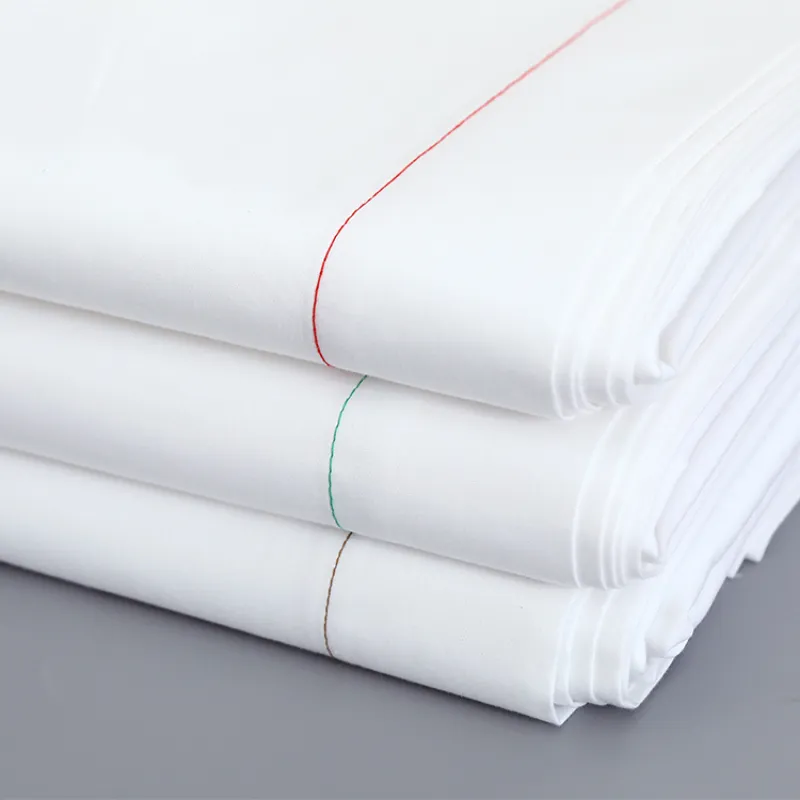To help you decide which fabric is better for your home, we put together a handy guide that describes the similarities and differences of cotton vs linen sheets and the types of bedding manufactured from both.
...
2025-08-14 15:57
625
